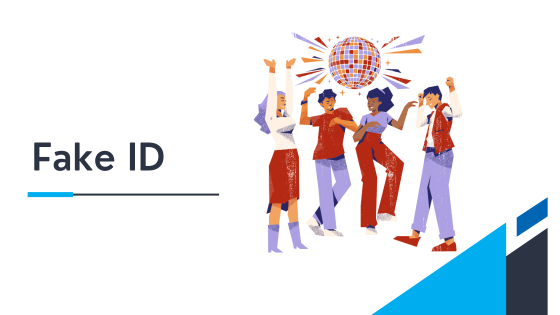Protecting Your Rights and Intellectual Property When Licensing Your Invention with InventHelp
Licensing an invention can be a strategic and lucrative way for inventors to bring their innovations to market while minimizing risks and maximizing opportunities. However, it is essential for inventors to protect their rights and intellectual property throughout the licensing process. By taking the necessary steps to safeguard their inventions, inventors can ensure that they retain control over their creations and receive fair compensation for their ideas. Let’s explore how can you protect your rights and intellectual property when you license your Invention with InventHelp.
Conduct Thorough Research and Due Diligence
Before entering into a licensing agreement with a third-party, it is crucial for inventors to conduct thorough research and due diligence to ensure that their rights and intellectual property are protected. This includes identifying any existing patents, trademarks, or copyrights related to the invention, as well as conducting a comprehensive market analysis to assess the potential value of the invention. InventHelp can assist inventors in conducting this research by providing access to databases, resources, and expertise to help identify potential risks and opportunities associated with the invention.
File for Intellectual Property Protection
To protect their invention from unauthorized use or infringement, inventors should consider filing for intellectual property protection, such as patents, trademarks, or copyrights. By securing these forms of protection, inventors can establish legal rights to their invention and prevent others from profiting from their ideas without permission. InventHelp can guide inventors through the intellectual property filing process and help them navigate the complexities of patent law to ensure that their invention is adequately protected.

Include Protective Clauses in the Licensing Agreement
When negotiating a licensing agreement with a third-party, inventors should include protective clauses that safeguard their rights and intellectual property. These clauses may include provisions related to confidentiality, exclusivity, non-competition, and termination rights to ensure that the inventor’s interests are adequately protected throughout the duration of the agreement. InventHelp can assist inventors in drafting and negotiating licensing agreements that include these protective clauses, providing peace of mind and security for the inventor.
There are a lot of InventHelp reviews online where you can read more about InventHelp and its services. If you are an inventor looking for help with your invention idea, contact InventHelp today.
Conclusion
In conclusion, protecting your rights and intellectual property when licensing your invention is critical to safeguarding your ideas, maintaining control over your creations, and maximizing the commercial potential of your inventions. By conducting thorough research, filing for intellectual property protection, including protective clauses in the licensing agreement, you can ensure that your interests are protected throughout the licensing process. InventHelp plays a crucial role in this process by providing inventors with the resources, expertise, and guidance needed to navigate the complexities of licensing and intellectual property law, ultimately empowering inventors to bring their inventions to market with confidence and security.









